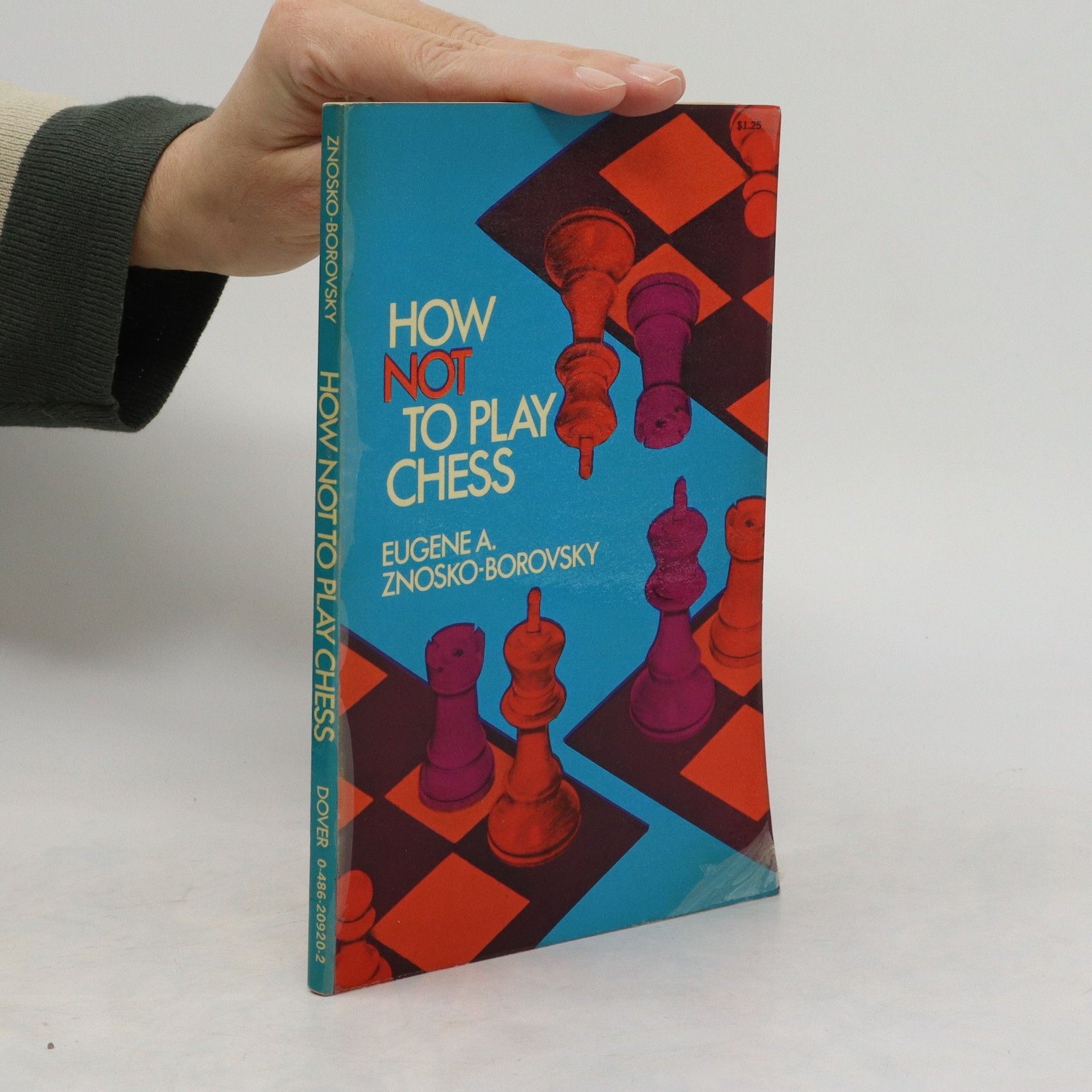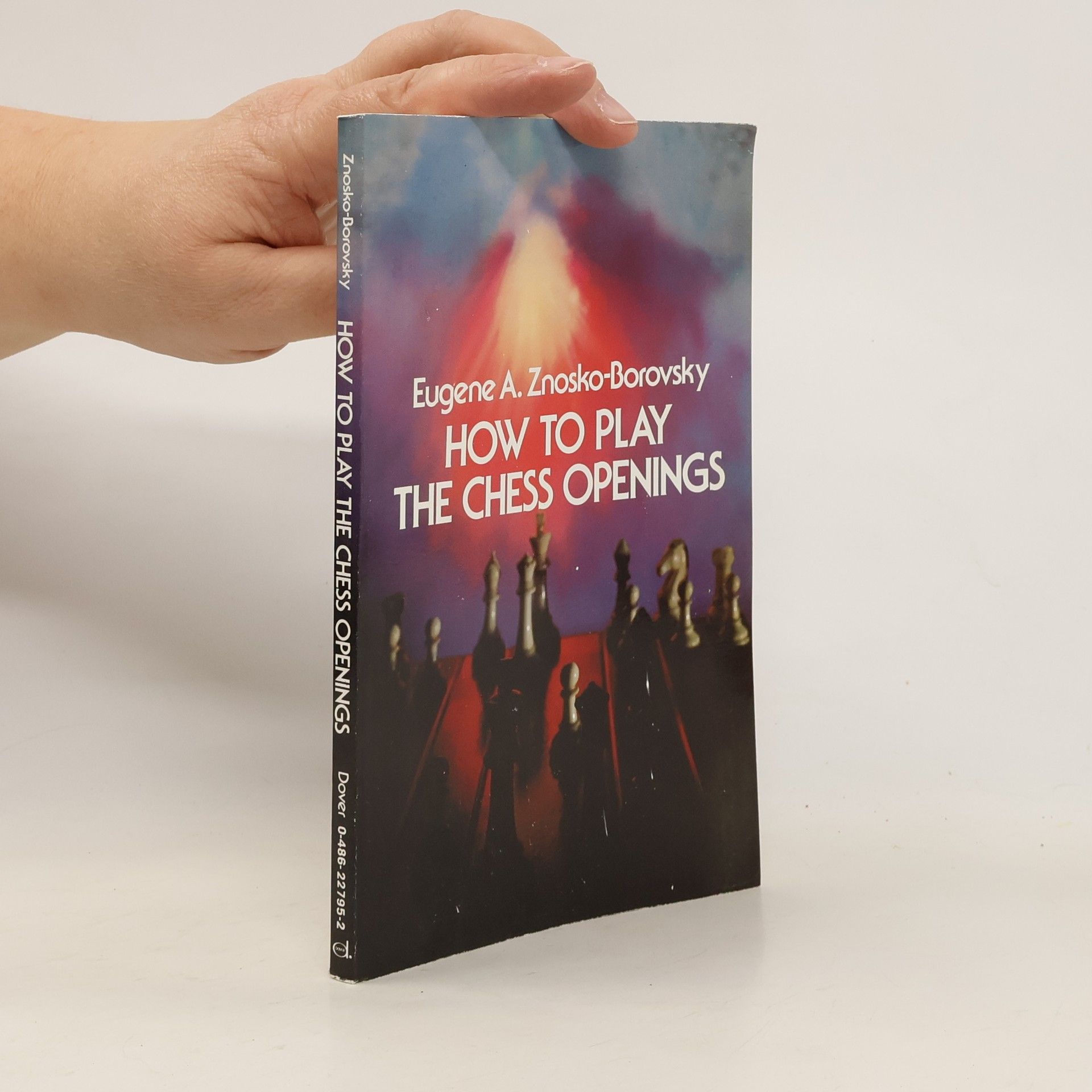Details the possible variations in the opening game for players who have a basic understanding of chess rules and notation
Eugene A Znosko-Borovsky Livres




Details the possible variations in the opening game for players who have a basic understanding of chess rules and notation